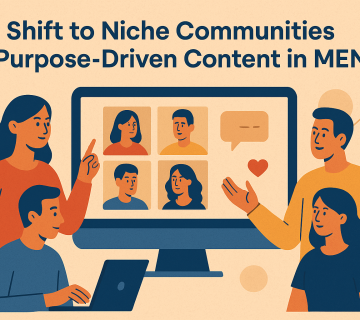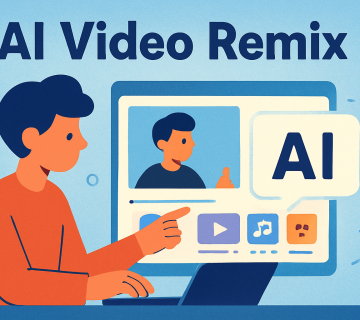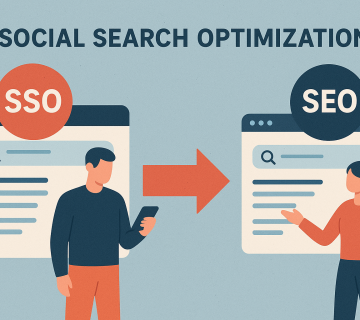Social media platforms have become highly personalized, showing users only the content that algorithms determine will keep them engaged. Consequently, this personalization nature is shaping users’ social media experiences.
Personalization starts with a platform getting to know you. Therefore, when first setting up an account, users are asked for details like name, age, location and interests. Subsequently, platforms track user behavior data – what content users view, like, share and follow. Thus, platforms build up a virtual profile of each individual user.
Armed with this data, algorithms then work to serve users relevant, targeted content. As a result, two people on the same social media platform may see completely different feeds based on their profile. Accordingly, personalization aims to optimize the content each user sees to maximize time spent and user satisfaction.
This personalized approach has advantages for both platforms and users. For platforms, it helps keep users engaged for longer by serving relevant content. Similarly, for users, personalization filters out irrelevant content, potentially showing more of what interests them.
However, problems also emerge from overly personalized feeds. Most notably, individuals can fall into filter bubbles, only seeing content that reinforces their beliefs. In turn, this lacks exposure to differing viewpoints. Consequently, polarization and radicalization may potentially increase.
In response, platforms are experimenting with ways to expand personalized feeds. For example, Facebook now shows “Most Relevant” and “Top Stories” options to broaden content beyond personalized recommendations.
Moving forward, a healthier balance may involve giving users more control over their personalization levels. Some possibilities include:
- Adjustment sliders – Allowing users to adjust the level of personalization on a scale. More or less recommendations as preferred.
- Topic exclusions – Allowing users to exclude certain topics from their feeds to reduce filter bubbles.
- Alternative viewpoints – Still showing some content outside of users’ typical preferences to broaden perspectives.
- Transparency – Providing users with details on how their feeds are personalized and the data used. Enabling users to correct wrong assumptions.
In summary, while platforms benefit from fully personalized feeds, users may prefer more control. Ultimately, a balanced approach that considers both relevance and exposure to differing viewpoints may emerge as the goal.




